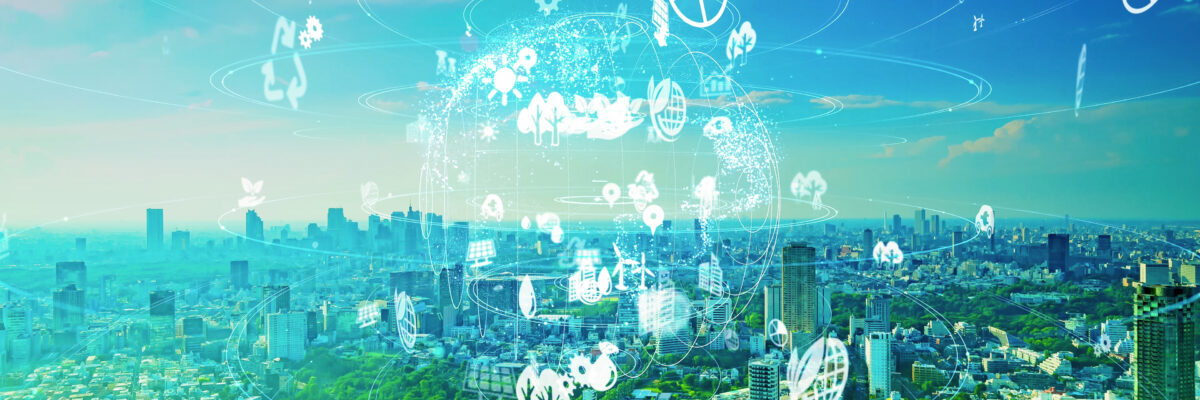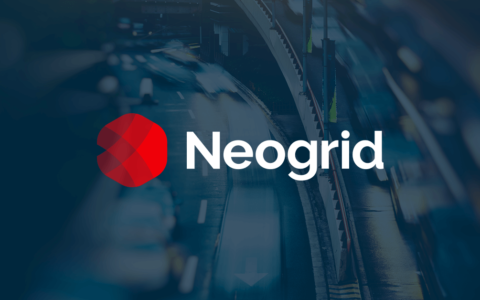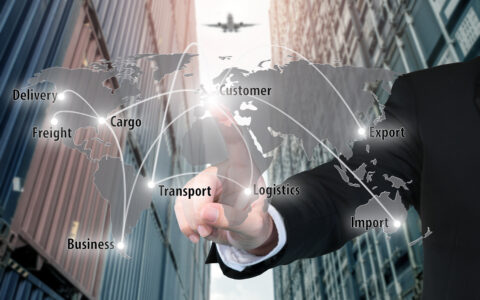
Where is the responsibility of companies when we talk about sustainable supply chain? In the internal operating processes? In specific attitudes to save energy and water and environmental education? Of course. All this is also important and helps to solve a part of the problem we are facing.
But the company’s duty also exists before and after the production process. What does that mean? What we mean is that sustainability needs to be part of the business from the collection of raw materials, through production and to the delivery of products to consumers.
To be clearer, we are talking about a sustainable supply chain, which ensures environmental awareness in all processes, flows and in the life cycle of products. And that includes reducing waste, controlled exploration of resources, sustainable processes and other practices that consider the impacts caused on the environment.
Sustainable supply chain
A sustainable supply chain also includes processes that eliminate and reduce impacts on nature. In this context, the primary point is precisely the supply chain logic.
When the chain is guided only by internal sales between the links, we have a problem that, invariably, reaches the environment. Let us explain. Imagine the flow: the manufacturer makes its products and needs to sell them. For this, it negotiates with distributors and directly with some retailers. These two links, in turn, buy in large lots to avoid a shortage of goods and to get discounts and better freight conditions.
Within this logic, products arrive at the points of sale and many of them are not sold or generate poor results, as they were only internally aligned and not with actual demand of end consumers and their interests.
At the beginning of the process, the manufacturer continues to produce just thinking about what it sold to its links in the chain. As a result, saturated retailers and distributors may stop buying. Hence, there are four major impacts on the environment.
1. Waste: Without the expected output, products end up accumulating in inventory, generating great waste. This is more serious when we think about the food sector, where items have an expiration date and spoil after a specific period. In addition to the loss of food, many packaging materials go to waste.
2. Misuse of resources: when they continue to produce thinking about selling to the next links, many resources are misused, when they could be relocated.
3. Disposal: these discarded products will also produce a huge volume of CO2 gases in their decomposition.
4. Transportation: these sales generate a logistical demand that is not well used, bringing together more CO2 emissions and even more chaotic traffic.
Chain aligned with the pace of consumption
At Neogrid, we believe that the supply chain must be aligned with the pace of consumption, following end consumer demand. This important process player triggers the supply chain flow. If the consumer has not bought it, nobody has sold it.
Therefore, we offer visibility solutions that allow chain links to have insights into daily numbers related to inventory and sales to the end consumer.
In this logic, manufacturer, retailers, and distributors negotiate products considering consumer demand, focusing on what they are really buying. So, instead of shipping a large batch of a single product, the manufacturer sends an assorted load including items that will make the most sense in certain contexts.
Moreover, it is able to plan its production in a more assertive and optimized manner, manufacturing the right items, in the right amount and at the right time.
Thus, resulting in companies being able to avoid all the problems mentioned above. They considerably reduce waste, optimize the logistical process and can improve the use of resources.
Sustainability in supply chain processes
Throughout this process, there are activities that also have an impact on the environment. Just think, for example, about how many documents are issued daily by companies that need to go from one link to another, such as orders and payment slips.
Believing in environmental and economic sustainability, we develop solutions that minimize this impact. EDI alone, which handles data traffic among companies, avoided the issuance of 664.9 million printed documents in five years, thus saving thousands of trees from being cut down.
Another impact that we have reduced is in the product delivery process. Truck lines at the docks can lead to days of waiting and tons of spoiled goods. The Dock Scheduling solution automates this work, allowing retailers to better organize deliveries.
The relationship between customers and suppliers
Think of a fridge. The energy efficiency of this product evolved from kerosene to the much more economical use of electricity, leading to refrigerators with an “A” efficiency seal issued by the National Institute of Metrology, Quality and Technology (Inmetro).
Well, on the engineering side, companies solve a problem by creating a product that consumes less energy. But what about the rest? Whirlpool, a multinational home appliances manufacturer and owner of the Consul and Brastemp brands, is an example of a company that manages its supply chain. It does this through a Global Supplier Code of Conduct.
The document establishes principles that suppliers must follow to continue doing business with Whirlpool. To ensure compliance, the company conducts annual audits. In 2017, there were 177 audits around the world. When a non-compliance is identified, the company takes corrective actions and tries to align the situation of business partners.
Samsung example:
Another example of a company that manages the environmental aspects of its supply chain is Samsung, the world’s electronics giant. The company created the Eco-Partner Certification. The program assesses suppliers’ compliance with standards for the control of substances used in products and by the environmental quality management system.
Samsung also conducts periodic audits and assessments to verify that suppliers are maintaining the required standards. Those with the best results will have more business opportunities and benefits in their relationship with the company.
Therefore, sustainability favors the environment and society. Well-used resources, nature preservation and proper processes generate quality of life, employment, and income.




